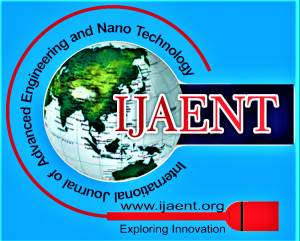![]()
Inter Vehicle Communication System
Jayadev K1, Binoy K. Varghese2, Haritha Chandrasekhar3, Vipin Venugopal4
1Jayadev K, UG Student, Department of Electronics Engineering, Govt. Model Engineering College, Kochi, India.
2Binoy K. Varghese, UG Student, Department of Electronics Engineering, Govt. Model Engineering College, Kochi, India.
3Vipin Venugopal, UG Student, Department of Electronics Engineering, Govt. Model Engineering College, Kochi, India.
4Haritha Chandrasekhar, UG Student, Department of Electronics Engineering, Govt. Model Engineering College, Kochi, India.
Manuscript received on October 10, 2014. | Revised Manuscript Received on October 12, 2014. | Manuscript published on October 18, 2014. | PP: 09-12 | Volume-1 Issue-11, October 2014.
Open Access | Ethics and Policies | Cite
© The Authors. Published By: Blue Eyes Intelligence Engineering and Sciences Publication (BEIESP). This is an open access article under the CC BY-NC-ND license (http://creativecommons.org/licenses/by-nc-nd/4.0/)
Abstract: Inter Vehicle Communication System was developed with the aim of reducing noise pollution. Inter vehicle communication system communicates between vehicles through RF signals. The RF signals are used to replace horns, whenever possible, thus it helps to reduce sound pollution due to Sound Horns. The RF signals along with IR signals also give the directionality. An LCD display system is also incorporated to distinguish between special vehicles like ambulances, fire engines etc.. IVCS is thus an effective way of communication between vehicles.
Keywords: Communication, noise pollution, RF, Sound, Horns, LCD, IVCS.
